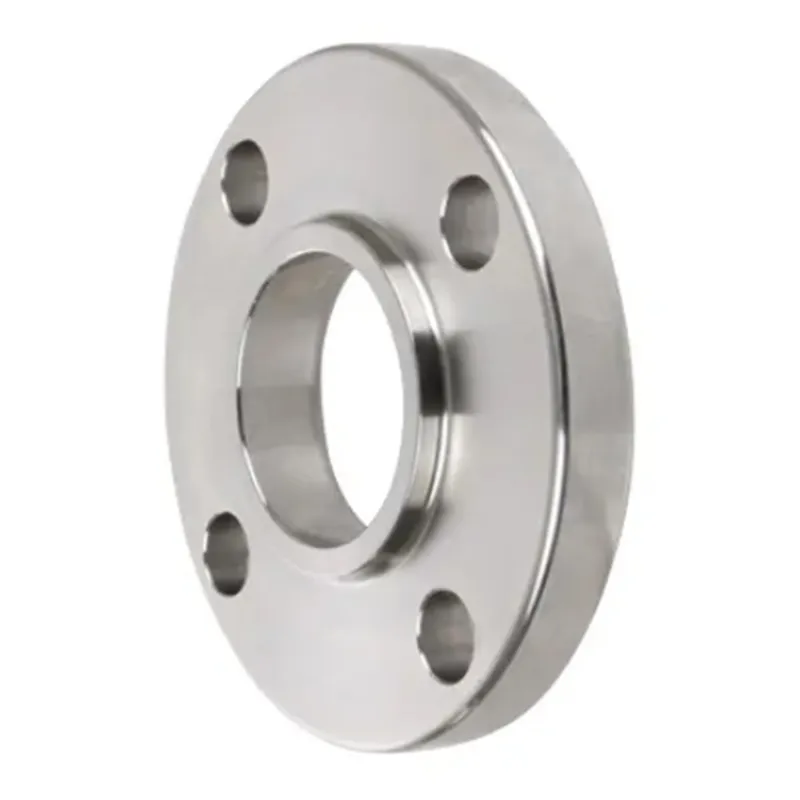-
Cangzhou Yulong Steel Co., Ltd.
-
Phone:
+86 13303177267 -
Email:
admin@ylsteelfittings.com
- English
- Arabic
- Italian
- Spanish
- Portuguese
- German
- kazakh
- Persian
- Greek
- French
- Russian
- Polish
- Thai
- Indonesian
- Vietnamese
- Zulu
- Korean
- Uzbek
- Hindi
- Serbian
- Malay
- Ukrainian
- Gujarati
- Haitian Creole
- hausa
- hawaiian
- Hebrew
- Miao
- Hungarian
- Icelandic
- igbo
- irish
- Japanese
- Javanese
- Kannada
- Khmer
- Rwandese
- Afrikaans
- Albanian
- Amharic
- Armenian
- Azerbaijani
- Basque
- Belarusian
- Bengali
- Bosnian
- Bulgarian
- Catalan
- Cebuano
- China
- China (Taiwan)
- Corsican
- Croatian
- Czech
- Danish
- Esperanto
- Estonian
- Finnish
- Frisian
- Galician
- Georgian
- Kurdish
- Kyrgyz
- Lao
- Latin
- Latvian
- Lithuanian
- Luxembourgish
- Macedonian
- Malgashi
- Malayalam
- Maltese
- Maori
- Marathi
- Mongolian
- Myanmar
- Nepali
- Norwegian
- Norwegian
- Occitan
- Pashto
- Dutch
- Punjabi
- Romanian
- Samoan
- Scottish Gaelic
- Sesotho
- Shona
- Sindhi
- Sinhala
- Slovak
- Slovenian
- Somali
- Sundanese
- Swahili
- Swedish
- Tagalog
- Tajik
- Tamil
- Tatar
- Telugu
- Turkish
- Turkmen
- Urdu
- Uighur
- Welsh
- Bantu
- Yiddish
- Yoruba

Sep . 04, 2024 22:57 Back to list
High-Quality 316 Stainless Steel Pipe - Durable & Corrosion-Resistant Tubing
Understanding 316 Stainless Steel Pipes Features and Applications
316 stainless steel pipes are a critical component in various industrial applications, renowned for their exceptional corrosion resistance and durability. This type of stainless steel is part of the austenitic family, which is characterized by its high chromium and nickel content, along with the addition of molybdenum. This unique composition offers enhanced resistance to pitting and crevice corrosion, making 316 stainless steel ideal for environments exposed to chlorides and harsh chemicals.
One of the key features of 316 stainless steel pipes is their ability to maintain integrity and functionality in extreme temperatures and corrosive environments. These properties make them a popular choice in industries such as chemical processing, oil and gas, marine applications, and food processing. In the chemical industry, for instance, 316 stainless steel pipes are often used to transport a variety of corrosive substances, ensuring the safety and reliability of the operations.
Another significant advantage of 316 stainless steel is its strong mechanical properties. The material exhibits excellent tensile strength and durability, which means it can withstand high pressure and mechanical stress. This makes it suitable for applications involving high-temperature processes or demanding structural requirements. For instance, in the oil and gas sector, 316 stainless steel pipes are employed in pipelines and equipment that operate under extreme pressure conditions.
316 stainless steel pipe

Furthermore, 316 stainless steel has notable hygienic properties, making it an excellent choice for the food and beverage industry. Its non-porous surface prevents the accumulation of bacteria and other contaminants, ensuring that products remain safe for consumption. This feature is particularly crucial in manufacturing facilities where hygiene standards are stringent.
In terms of maintenance, 316 stainless steel pipes offer an advantage over other materials, as they require minimal upkeep. Their resistance to rust and corrosion means that they can last for many years with little to no need for replacement, leading to cost savings in the long run.
In conclusion, 316 stainless steel pipes are integral to various industries due to their corrosion resistance, strength, and longevity. Their ability to perform in harsh environments makes them a reliable choice for transporting corrosive materials, maintaining hygiene in food processing, and ensuring safety in high-stress applications. As industries continue to evolve and demand more from their materials, the utility and relevance of 316 stainless steel pipes will undoubtedly persist, solidifying their position as a preferred choice among engineers and manufacturers worldwide.
Latest news
-
ANSI 150P SS304 SO FLANGE
NewsFeb.14,2025
-
ASTM A333GR6 STEEL PIPE
NewsJan.20,2025
-
ANSI B16.5 WELDING NECK FLANGE
NewsJan.15,2026
-
ANSI B16.5 SLIP-ON FLANGE
NewsApr.19,2024
-
SABS 1123 FLANGE
NewsJan.15,2025
-
DIN86044 PLATE FLANGE
NewsApr.19,2024
-
DIN2527 BLIND FLANGE
NewsApr.12,2024
-
JIS B2311 Butt-Welding Fittings LR/SR 45°/90° /180°Seamless/Weld
NewsApr.23,2024











